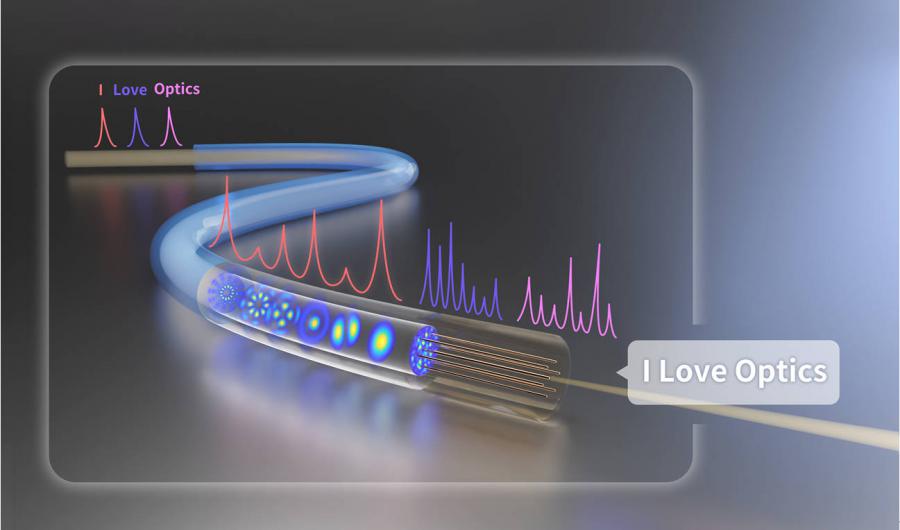
Optical Semantic Communication through Multimode Fiber: From Symbol Transmission to Sentiment Analysis
GA, UNITED STATES, February 14, 2025 /EINPresswire.com/ -- Semantic communication, an emerging technology, has garnered considerable attention for its potential to enhance transmission efficiency. This approach emphasizes the precise transmission of semantic information rather than individual symbols or bits, facilitating purposeful information exchange for efficient transmission. Researchers have proposed a novel semantic communication transmission system using multimode fiber, achieving high spectral efficiency and demonstrating its effectiveness in sentiment analysis applications.
The increasing demand for communication capacity presents significant challenges for conventional communication systems. Semantic communication, an emerging technology, emphasizes the transmission of meaningful information rather than raw data, optimizing communication resources for efficient and purposeful exchange.
In a new paper published in Light Science & Applications, a team of scientists, led by Professor Ming Tang and Dr. Hao Wu from Huazhong University of Science and Technology, China, with doctoral students Zheng Gao and Ting Jiang as co-workers, have developed a novel optical semantic communication system using multimode fiber (MMF) to enhance data transmission capacity and robustness. These scientists summarize the principle and results of their system:
“We achieved high-dimensional semantic encoding and decoding in the frequency domain through leveraging intermodal dispersion in MMFs. By mapping symbols to distinct frequencies, we demonstrated a seven-fold increase in transmission capacity compared to conventional communication encoding methods. The system also integrates PAM-4 to enhance spectral efficiency, achieving 9.12 bits/s/Hz without decoding errors.”
“Beyond improving transmission capacity, we explored the application in sentiment analysis using the IMDb movie review dataset. By encoding semantically similar symbols to adjacent frequencies, the system's noise tolerance was effectively improved, facilitating accurate sentiment analysis even under high symbol error rate conditions. This approach highlights the potential of MMF-based semantic communication to enhance both capacity and robustness in optical communication systems, offering promising applications in bandwidth-constrained and noisy environments.” they added.
“The innovative method of using MMFs for semantic communication presents a significant advancement in the field of optical communications. The capability to directly transmit semantic information via optical frequencies, along with the system's high capacity and robustness, makes it a promising solution for future communication technologies.” the scientists forecast.
Original Source URL
https://doi.org/10.1038/s41377-024-01726-5
Funding information
This research received funding from the National Key Research and Development Program of China, the National Natural Science Foundation of China, and the JD project of Hubei Province.
Lucy Wang
BioDesign Research
email us here
Distribution channels: Science, Technology
Legal Disclaimer:
EIN Presswire provides this news content "as is" without warranty of any kind. We do not accept any responsibility or liability for the accuracy, content, images, videos, licenses, completeness, legality, or reliability of the information contained in this article. If you have any complaints or copyright issues related to this article, kindly contact the author above.
Submit your press release

